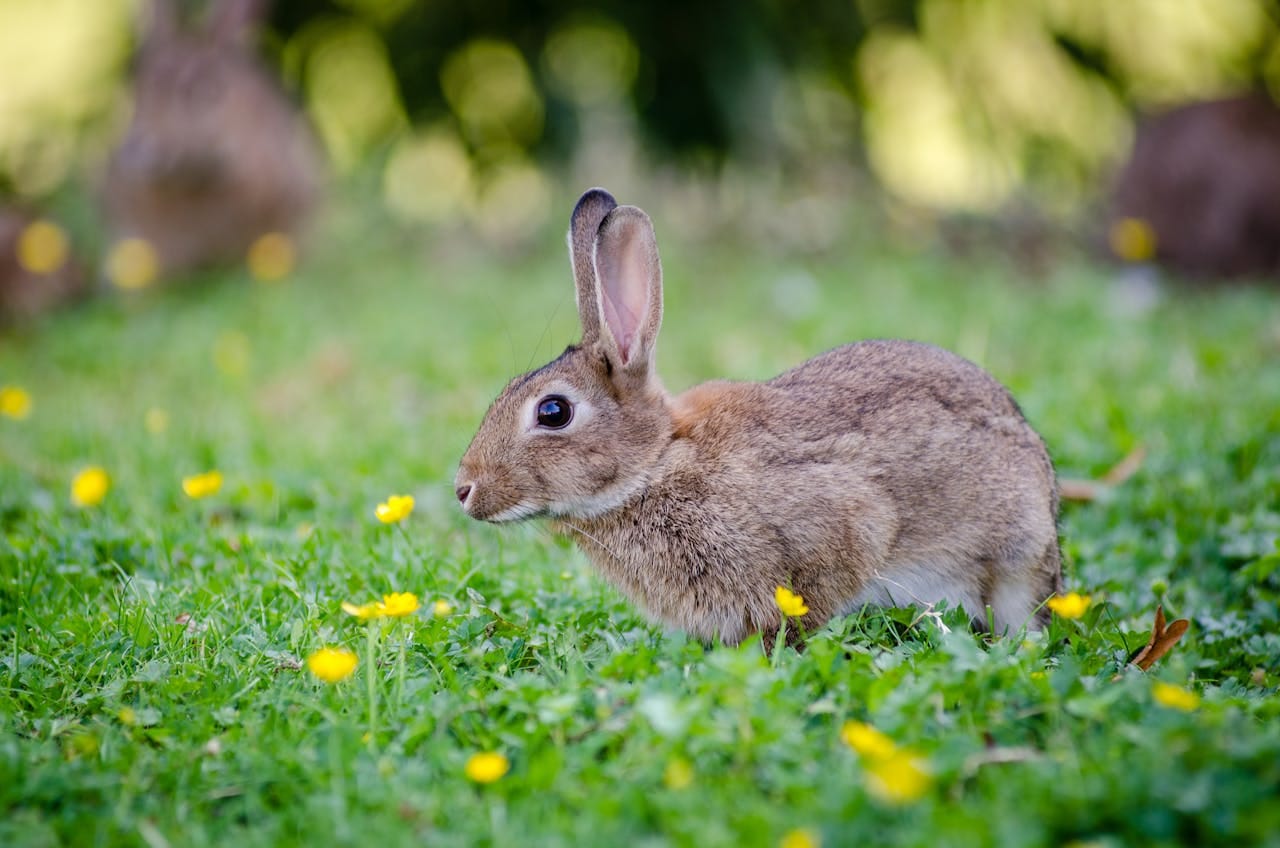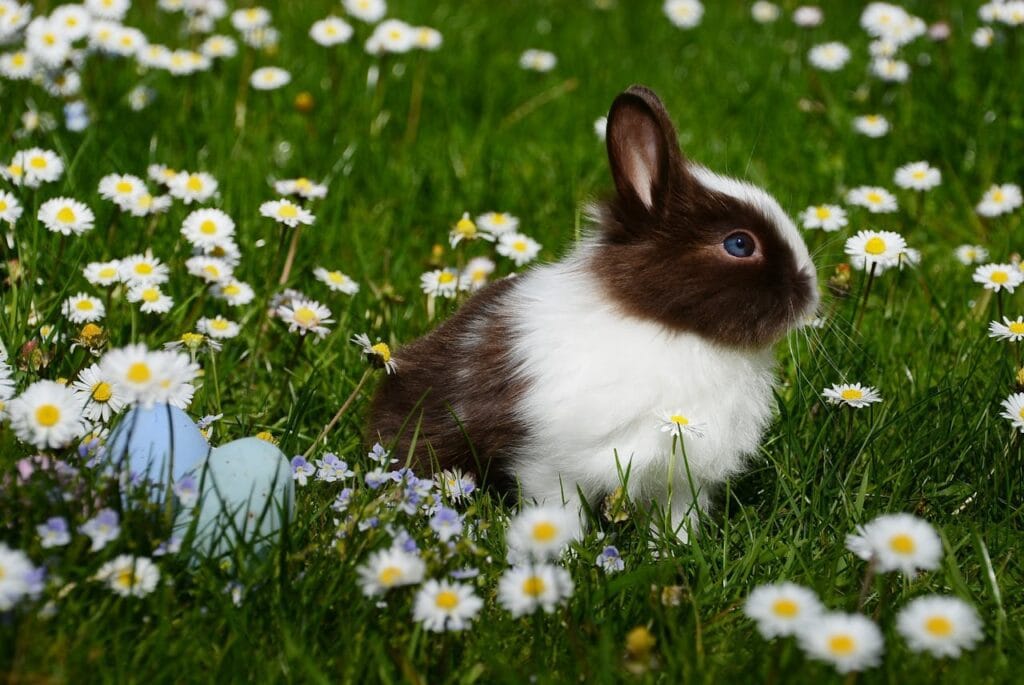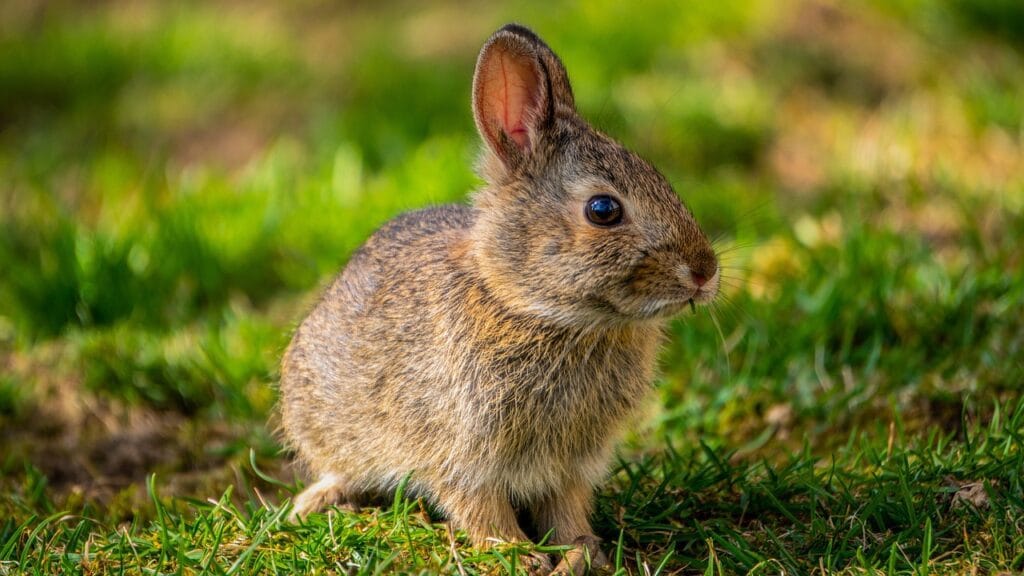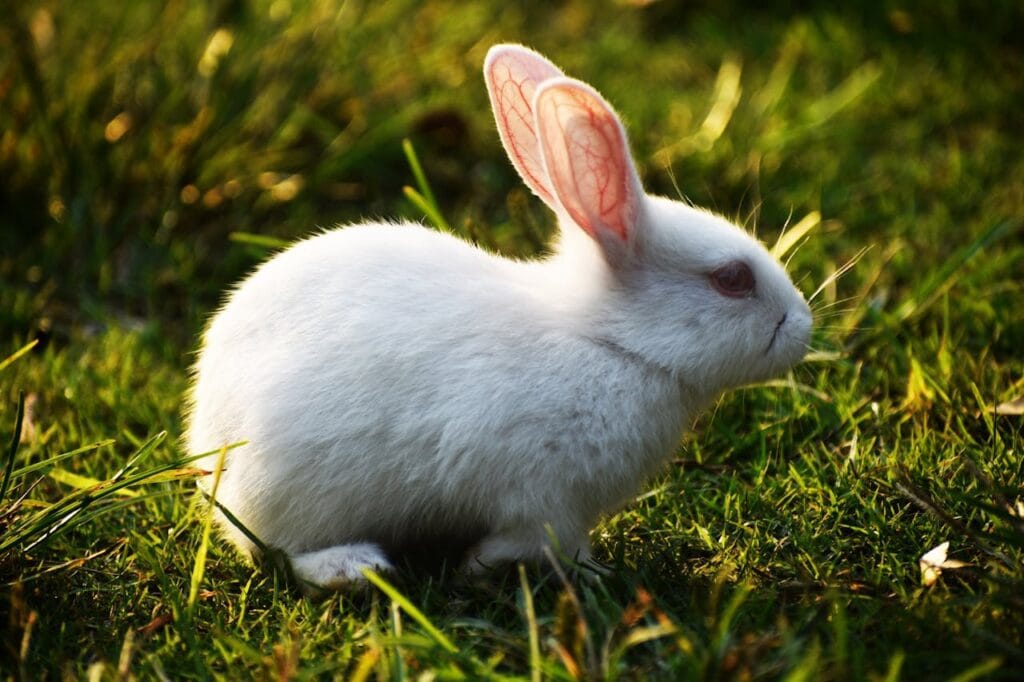
Are you a rabbit farmer tired of losing rabbits to preventable diseases? Get a simple solution for the common rabbit disease in Uganda.
With an increased demand for white meat in Uganda, rabbit meat provides a delicious and nutritious alternative. The number of rabbits increased from 373,200 (2008) to 2.2 million (2021).
Diseases, deaths, and a lack of professional veterinary services are the problems rabbit farmers face in Uganda.
This blog discusses common killer rabbit diseases in Uganda and their prevention and treatment.
Four things you need to run a successful rabbitry in Uganda are:
- A reputable supplier of breeding stock with no hereditary conditions
- Proper hygiene: the rabbit house should be free of urine, smell, and poop 24/7.
- Proper feeding: never feed your rabbits moldy feeds, kitchen waste, or fresh, unwilted vegetables.
- Provide clean drinking water 24/7, and get clean water, preferably from the National Water and Sewage Cooperation. If a farm supplies it, it should first be disinfected before being given to rabbits.
What are the most common rabbit diseases a farmer in Uganda should be worried about?
Most rabbit diseases in Uganda are due to poor feeding, poor hygiene, poor ventilation, and stocking rabbits with hereditary conditions, i.e., snuffles, mange, coccidiosis, and bloat.
The most commonly diagnosed diseases by vets among rabbits are:
Snuffles (pasteurellosis):
It’s a bacterial disease that affects the respiratory system.
Signs of snuffles in rabbits are:
Coughing
Sneezing
Runny nose
Red eyes
Wet paws
Teary eyes

What causes snuffles among rabbits?
Poor ventilation
Excessive coldness, mostly during rainy seasons
Poor hygiene causes the accumulation of ammonia (urine smell) in the rabbit house.
Feeding rabbits moldy feeds
Stress due to movement, change of food, or change of house.
Over crowdedness
What is the best treatment and prevention of snuffles among rabbits?
Give broad-spectrum antibiotics.
Provide a heat source during cold seasons.
Use soapy water or detergents to clean off urine and poop.
Provide multivitamins before making any changes.
Never feed your rabbits moldy or contaminated feed.
If changing to a new diet, it should be gradual.

Mange
It’s a skin disease caused by mites.
How do I know if my rabbit has mange?
The symptoms of mange in rabbits include:
Loss of hair
Bald skin areas
Itchy skin
Skin scabs
Dandruff
What is the best treatment and prevention of mange among rabbits?
Ivermectin shots are given at 1-2-week intervals four times.
Apply fipronil pour-on (recommended for only pet rabbits).
Administer antiinflammatories to reduce itching.
Wash your rabbits with acaricide.
Isolate sick rabbits up to complete healing.
Coccidiosis
It is a protozoan disease caused by Eimeria spp.
Contrary to chickens, coccidiosis in rabbits mostly affects the liver rather than the intestines. It can be transmitted from the mother to the baby.
As a precaution, do not buy breeding rabbits from a breeder farm with a history of coccidiosis unless they have culled the infected stock.
What are the symptoms of coccidiosis among rabbits?
Gradual loss of weight despite a good appetite
Swollen stomach or abdomen
Poor hair coat
Unthrifitness
Diarrhea
Accumulation of fluids in the stomach
Stunted growth
Anemia
Treatment and prevention of coccidiosis among rabbits
Treatment of coccidiosis is not recommended among commercial rabbits because it takes a long time to heal due to autoinfection.
Rabbits have to be medicated for a long period, which doesn’t make any economic sense. It’s better to cull all the infected rabbits, disinfect the farm, and restock healthy rabbits.
For pet rabbits, the most commonly used treatment protocol by vets includes:
Isolate the sick rabbits.
Give anticoccidial drugs, e.g., sulfamethoxazole and trimethoprim.
Give liver tonics to help the liver regenerate.

Bloat
It’s an abnormal increase in the size of the abdomen or stomach. It can be sudden or gradual.
Acute or sudden bloating is mostly seen in young rabbits and is commonly associated with an abrupt change of feed, feeding rabbits fresh, unwilted vegetables, or feeding rabbits contaminated feed.
Acute bloat must be handled as an emergency; if not addressed immediately, the rabbit will die in a few hours.
Treatment of acute bloat in rabbits
Stop feeding immediately.
Decompress the stomach using a stomach tube.
Give probiotics and anti-gas agents.
Chronic bloat
It’s the gradual increase in abdominal size. It occurs over a long time, depending on the primary cause.
It’s confused with weight gain by farmers.
It’s mostly seen in adult rabbits due to conditions like hepatic coccidiosis, peritonitis, tumors, chronic inflammation of the bowel, etc.
Treatment of chronic diseases depends on the primary cause. First, establish the underlying cause and treat it accordingly.
Read about bloat among rabbits in details
Conclusion
Rabbits are sensitive to most antibiotics and medications; if poorly given, the drugs can cause death.
Consult your local veterinarian for a proper diagnosis and prescription.

[…] know the most common rabbit diseases reported by prominent rabbit farmers in Uganda […]